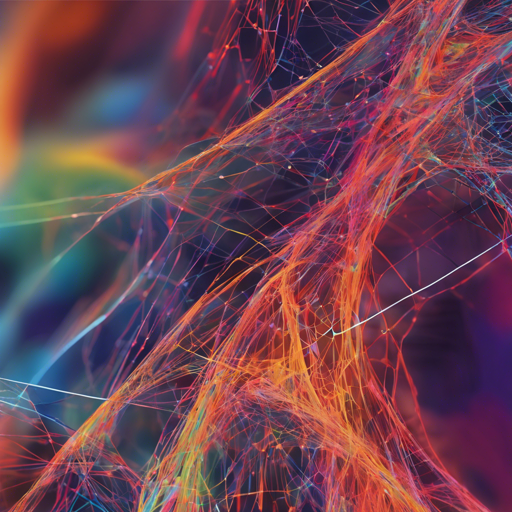If you’re looking to dive into the art of image generation with Generative Adversarial Networks (GANs), you’ve landed at the right place! Today, we will explore how to harness the power of Projected GAN, utilizing PyTorch for creative and innovative image generation.
What are GANs?
Generative Adversarial Networks (GANs) are a class of artificial intelligence algorithms used in unsupervised machine learning. They consist of two neural networks: a generator and a discriminator. The generator creates images, while the discriminator evaluates them, leading to the refining of results over time.
Getting Started with Projected GAN
To begin your journey into image generation using Projected GAN, follow these steps:
- Set Up Your Environment: Ensure you have Python and PyTorch installed in your workspace. You can set up these dependencies using pip.
- Download the Dataset: For your image generation, we’ll be using the WikiArt Dataset. This dataset encompasses a vast range of artistic styles and can greatly enhance your training model.
- Clone the Projected GAN Repository: Visit the official Projected GAN repository to access the essential code.
- Run the Code: Utilize the provided PyTorch scripts to train your model. You’ll want to establish a training environment where you can work with the dataset and project GAN frameworks.
Understanding the Code: The Analogy
Think of the code for Projected GAN like a recipe for baking a cake. Each ingredient represents various elements of the model – the generator is like the mixing bowl bringing everything together, while the discriminator is akin to the oven checking for doneness. Just as you would carefully measure ingredients to ensure the cake rises perfectly, similarly, the GAN iteratively refines its outputs, creating images that improve with each training cycle.
# Sample pseudocode representation of training a GAN
def train_gan(generator, discriminator, dataset):
for epoch in range(num_epochs):
for real_images in dataset:
fake_images = generator.generate()
d_loss = discriminator.train(real_images, fake_images)
g_loss = generator.train(d_loss)
print(f"Epoch: {epoch}, D Loss: {d_loss}, G Loss: {g_loss}")
In this approach, the generator crafts new images, while the discriminator focuses on recognizing which images are genuine versus fabricated, allowing for a cycle of continuous improvement.
Fun Activities to Explore
After training your model, it’s time for some fun! You can experiment with different parameters or datasets to create unique images. Check out the incredible projected GAN art demo to see live examples of what can be accomplished!
Troubleshooting Tips
As you embark on your image generation adventure, you may encounter some bumps along the way. Here are a few troubleshooting tips to keep in mind:
- Installation Issues: If you face difficulties installing packages, ensure you’re using the correct version of Python and that all dependencies of the Projected GAN are installed properly.
- Data Loading Errors: Confirm that your dataset path is correct. An incorrect path will often lead to file-not-found errors.
- Unexpected Output: If the images being generated appear distorted, consider adjusting the learning rates or explore experimenting with batch sizes.
For more insights, updates, or to collaborate on AI development projects, stay connected with fxis.ai.
Final Thoughts
At fxis.ai, we believe that such advancements are crucial for the future of AI, as they enable more comprehensive and effective solutions. Our team is continually exploring new methodologies to push the envelope in artificial intelligence, ensuring that our clients benefit from the latest technological innovations.

